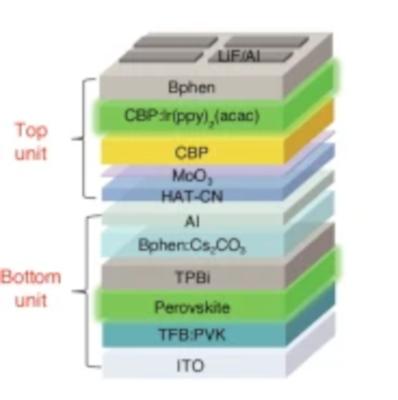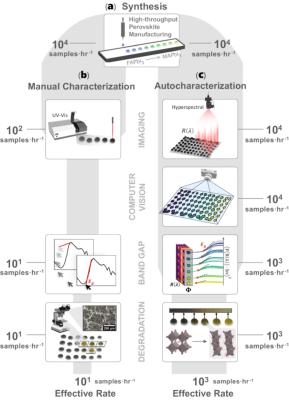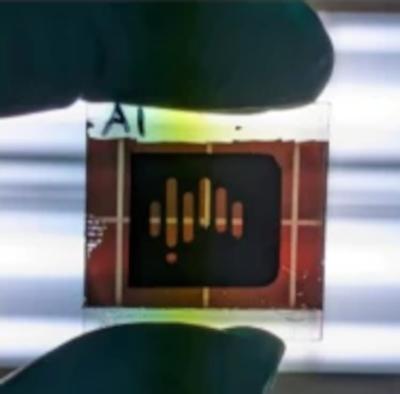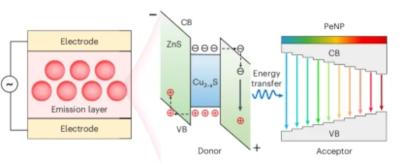Researchers develop method based on 2D perovskites to achieve durable, efficient formamidinium perovskite solar cells
Researchers at Rice University, along with researchers from several institutions in the U.S. and abroad, including Lawrence Berkeley National Laboratory; University of California, San Diego; University of Lille, National Center for Scientific Research (CNRS), Centrale Lille Institut; University of Artois; Northwestern University; Purdue University; University of Rennes, INSA Rennes, CNRS, Institut FOTON; Brookhaven National Laboratory; University of Washington; and Northwestern University, have described a way to synthesize formamidinium lead iodide (FAPbI3) ⎯ the type of crystal currently used to make the highest-efficiency perovskite solar cells ⎯ into ultrastable, high-quality photovoltaic films. The overall efficiency of the resulting FAPbI3 solar cells decreased by less than 3% over more than 1,000 hours of operation at temperatures of 85 degrees Celsius (185 Fahrenheit).
“Right now, we think that this is state of the art in terms of stability,” said Rice engineer Aditya Mohite, whose lab has achieved various improvements in perovskites’ durability and performance over the past several years. “Perovskite solar cells have the potential to revolutionize energy production, but achieving long-duration stability has been a significant challenge.”







